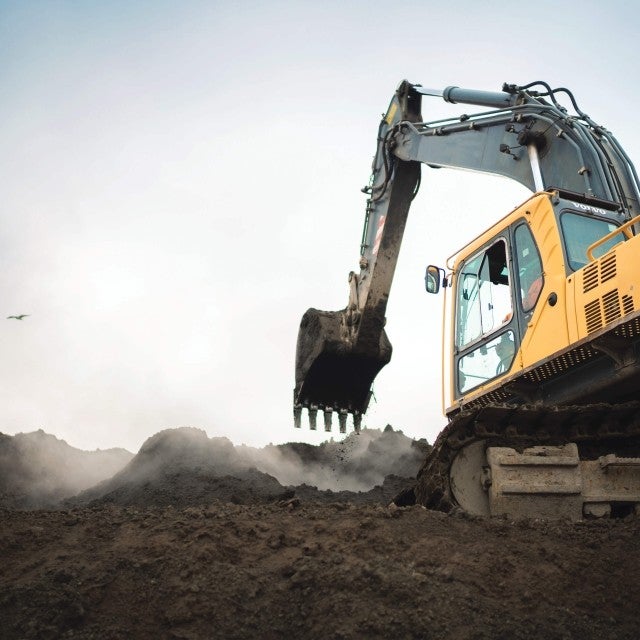About our service
We know every project is unique, and we treat it that way.
Clean Earth provides expertly tailored soil remediation and recycling solutions for non-hazardous and hazardous soil contamination. Our portfolio of soil remediation technologies, services, and expertise, strategically aligns with today’s needs for sustainable solutions. We are a dedicated team that holds the highest standards for regulatory compliance, our customers, and sustainable solutions.
An in-depth look
Our capabilities



